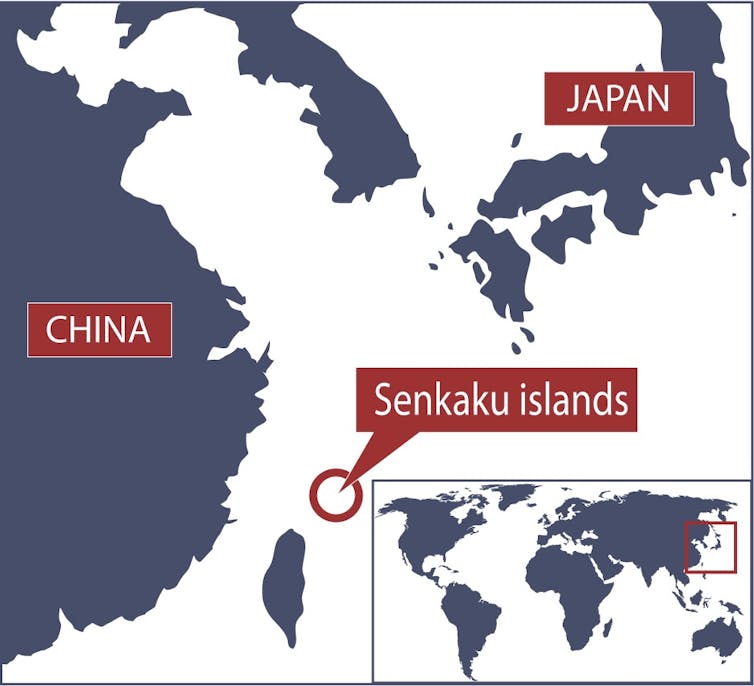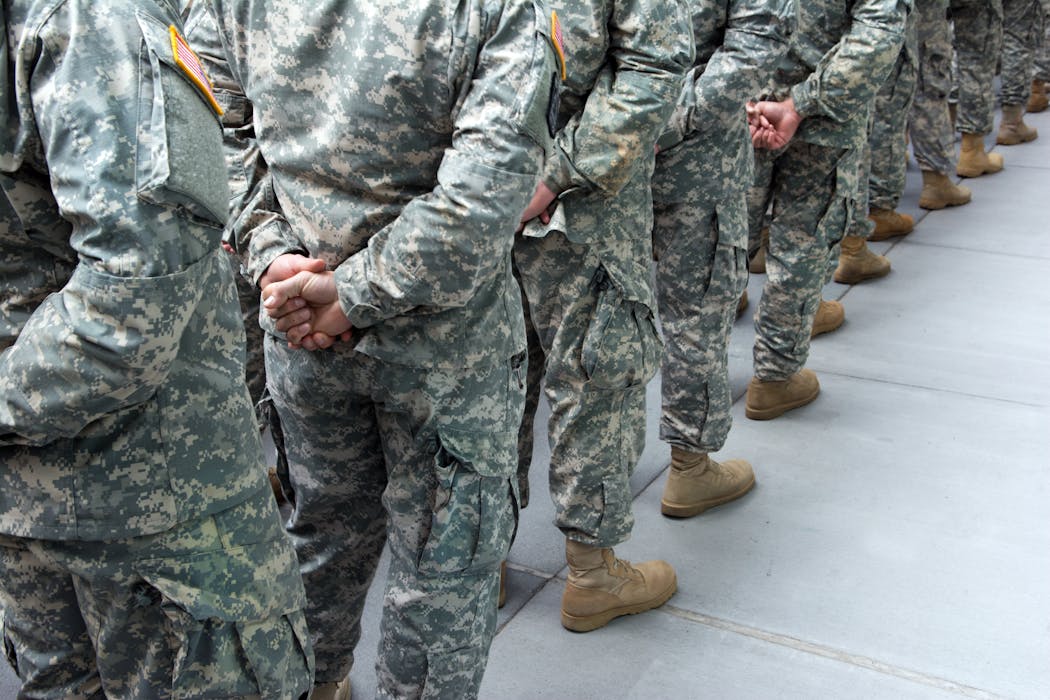Source: The Conversation – UK – By Rowena Hill, Professor of Psychology, Nottingham Trent University
When climate change is discussed, whether at UN climate summits, in company boardrooms or in the media, the focus is often on mitigation (cutting greenhouse gas emissions to achieve net zero). Adaptation, the practical steps to prepare for the consequences of a changing climate, receives far less attention in the UK and globally.
Tech billionaire and philanthropist Bill Gates recently sparked debate by arguing against a mitigation-only approach. His point wasn’t to dismiss climate action, but to stress that adaptation and mitigation should work together alongside health, housing and prosperity needs.
Adaptation centres on how the world should respond to the weather-related effects of a changing climate, resulting from the emissions we have emitted – and continue to emit.
Read more:
How five countries are adapting to the climate crisis
The UN has warned that the world has missed its target to keep global warming in line with 1.5°C above pre-industrial levels. Scientists broadly agree that above 1.5°C, the world will start to experience irreversible tipping points in places like the Amazon rainforest, which risks becoming grassland or savanna, and Greenland, which faces permanent snow and ice melts.
Indeed, referring to climate change as average global rises in temperature hides the extremes many people will experience. Instead of a steady line on a graph, changes in temperature may look more like spiky peaks and troughs, signifying ever-more extreme episodes of flooding and drought.
Even in the usually temperate UK, this more extreme weather may affect people in unexpected ways. For example, during heatwaves above 35°C, children’s sports clubs will need to consider the weather before deciding whether they can continue without breaching their insurance.
The chance of spending time under drought conditions is expected to increase by 86% in the UK, so how people garden and use open water spaces, as well as their activities in and on water, will all probably face more restrictions.
Also, some UK housing may become expensive or impossible to insure, due to the response of the insurance industry to instances of repeat or foreseeable flooding or fire risk. As weather conditions make wildfires more likely, there will be more restrictions on what people can do outside in grass, moorland or forest areas.
Like most countries, the UK has a way to go towards adequately adapting, according to the government’s Climate Change Committee, which monitors both mitigation and adaptation. Its adaptation reports conclude there has been a lack of actionable progress in preparing for the UK’s changing climate, and an absence of leadership and strategy at a national level.
Without forward planning and adaptation measures, managing the effects of storms, floods and extreme heat in UK hospitals, prisons, care homes and social housing will grow ever harder – with severe consequences for the health of many people in the most at-risk communities who live in these buildings.
Getting prepared
My research on societal-wide risk and resilience focuses on how we understand risks and what we can do to prepare for them.
While we cannot stop further increases in the magnitude or frequency of adverse weather, there are things people can do to reduce the consequences on their way of life – by following the principles of adaptation.
Being prepared to protect yourself and vulnerable neighbours in advance of local emergencies such as a flood will become more important as the pressure increases on emergency services. These services will also need different equipment and training to cope with the challenges of responding to such emergencies.
Lobbying supermarkets and asking what they are doing to support food resilience can help build more sustainable food systems, especially as agriculture gets threatened globally and supply chains get more precarious due to extreme weather or crop failure.

David Calvert/Shutterstock
Encouraging organisations responsible for people’s recreation, heritage and culture to safeguard precious trees, buildings and other places of importance to communities will protect the things we feel represent us and our way of life. In the UK, we have seen the enormous impact of losing symbolic cultural assets such as the Sycamore Gap tree, or National Trust and English Heritage buildings.
Having discussions in workplaces, schools and community spaces can help spark ideas about how to best plan for people’s wellbeing during heatwaves, storms and other extreme weather. Schools are closed on exceptional “snow days”, for example, but extending their inclement weather policies to cover flooding could help protect more people.
Creating a well-adapted nation is not easy. But positioning adaptation as part of a broader effort to meet wider societal needs (such as poverty, poor housing, health and economic growth) reframes the climate conversation from sacrifice and compensation to resilience and quality of life.
Don’t have time to read about climate change as much as you’d like?
Get a weekly roundup in your inbox instead. Every Wednesday, The Conversation’s environment editor writes Imagine, a short email that goes a little deeper into just one climate issue. Join the 47,000+ readers who’ve subscribed so far.
![]()
Rowena Hill receives funding from Research Councils and Local Authorities to complete work on the impacts of climate change. She is affiliated with the Climate Security National Foresight Group.
– ref. What does climate adaptation actually mean? An expert explains – https://theconversation.com/what-does-climate-adaptation-actually-mean-an-expert-explains-269122







